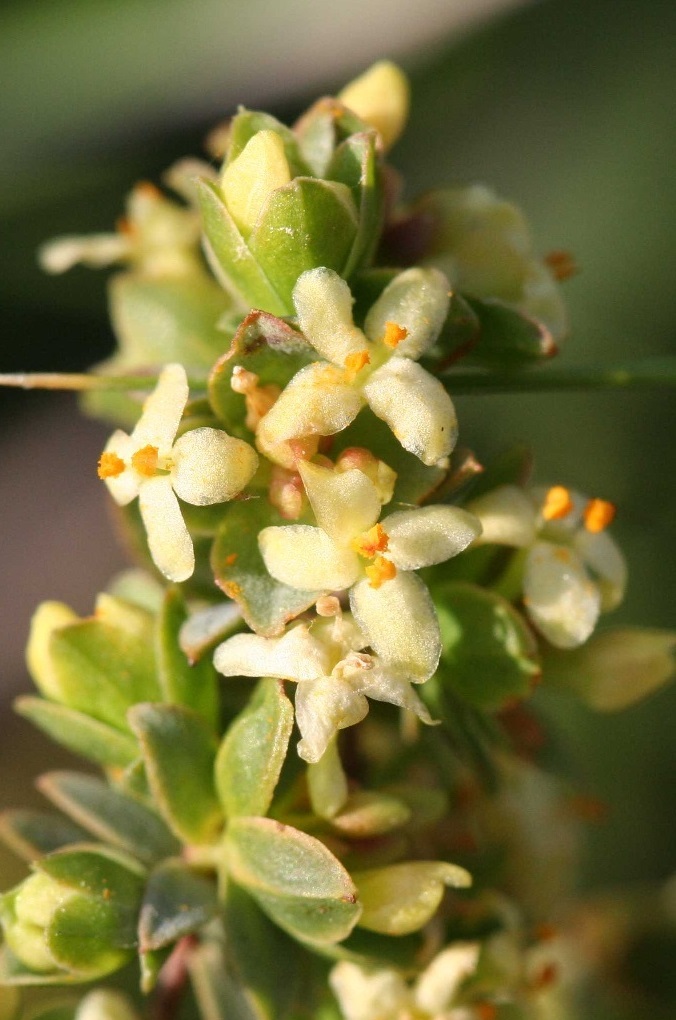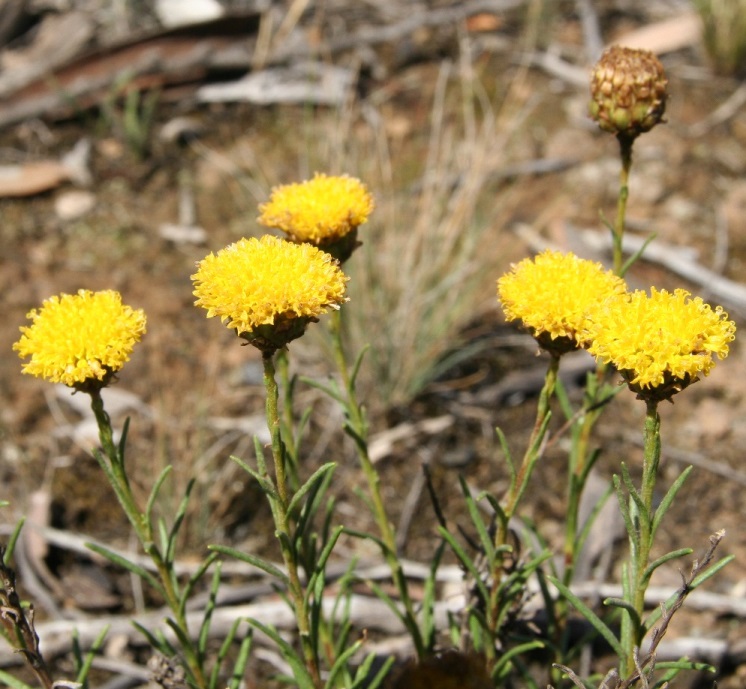The MSA is the Victorian Government’s approach to managing the impact of urban development on threatened species and communities. ARI is contributing to the MSA in multiple ways, including developing population viability analysis (PVA) models for nine priority threatened species. PVA models integrate information on a species’ life history and the influence of threats and management on the long-term persistence of a species. They are powerful tools for assessing and comparing how different management actions contribute to a species’ long-term persistence. Models have been developed for the following species:
- Spiny Rice-flower (Pimelea spinescens subsp. spinescens)
- Button Wrinklewort (Rutidosis leptorrhynchoides)
- Matted Flax-lily (Dianella amoena)
- Small Golden Moths Orchid (Diuris basaltica)
- Largefruit Groundsel (Senecio macrocarpus)
- Golden Sun Moth (Synemon plana)
- Southern Brown Bandicoot (Isoodon obesulus obesulus)
- Striped Legless Lizard (Delma impar)
- Growling Grass Frog (Litoria raniformis)

Developing the PVA models involved extensive consultation with species experts and land managers to synthesise existing data and knowledge on each species and to devise a suite of potential management options for improving persistence. For example, grassland species such as Spiny Rice-flower and Button Wrinklewort are threatened by competitive biomass. Reducing biomass through planned burning promotes growth, germination and establishment of new recruits but can increase mortality of existing plants or removal of reproductive output if burnt during the flowering season. The PVA models help to better understand these complex interactions and determine preferred timing and frequency of burning regimes that best promote persistence of grassland species.

For other species, such as the Southern Brown Bandicoot, management options included habitat corridors, predator control and creating reserves and translocating bandicoots. A spatially-explicit PVA model for the bandicoot was used to evaluate the relative merits of these management options in improving species long term persistence.
The development of these PVA models represent a repository of data and expert knowledge that has helped to facilitate a shared understanding of the ecology and preferred management of the species’ among experts and managers. The models also identify key uncertainties that will assist in prioritising monitoring and research, this can then be used to improve model performance and subsequently enhance decision making for the MSA program.
For more information contact: tracey.regan@delwp.vic.gov.au
Page last updated: 28/03/25